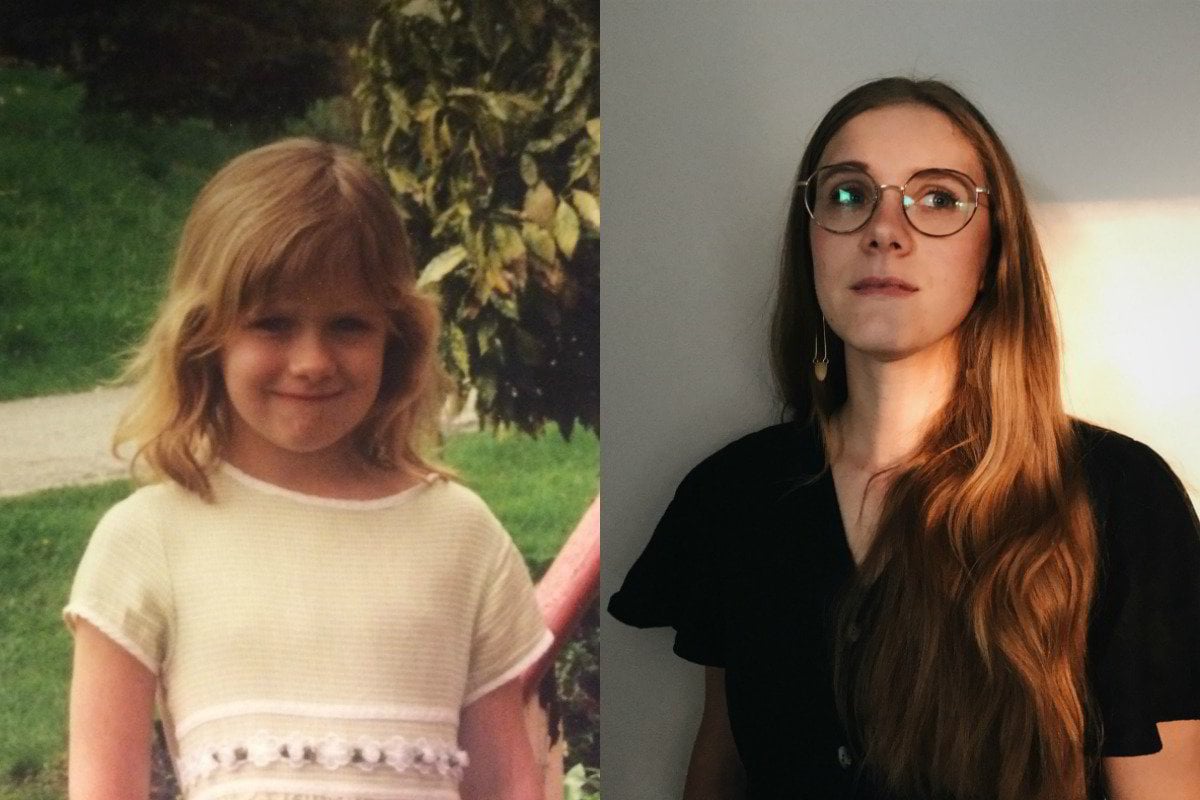
For most of my life, I’ve been disappointed to be living in a female body. It has only seemed like a test I could never pass.
For context, I’m cis-gendered, white, and heterosexual. I don’t speak for the full, vibrant spectrum of female experience. I can only speak for myself: a gal born in the early 90s, raised in a small town in a culture of Evangelical Christianity.
Growing up, I learned that a female body must be precisely managed, like the gardens at a royal palace. It must be reined in, covered up, controlled, or altered. This was in contrast to the freedom male bodies seemed to have. A female body was not desirable to look at in its natural state, never mind what it was like to live inside it.
Watch: If a man lived like a woman for a day... (Post continues after video)
There were unspoken rules about which areas of flesh could be exposed, and it was more than just the obvious bits. Any visible décolletage, torso or thigh was a problem. The combination of these rules with the garments available to teenage girls in the late 90s and early 2000s made buying clothes a nightmare. Everything was either too tight or too loose, too long or too short. Sometimes things were too sheer; the sun might shine through and betray one's anatomy. But why these sections of skin were different from the rest was not clear.

Top Comments